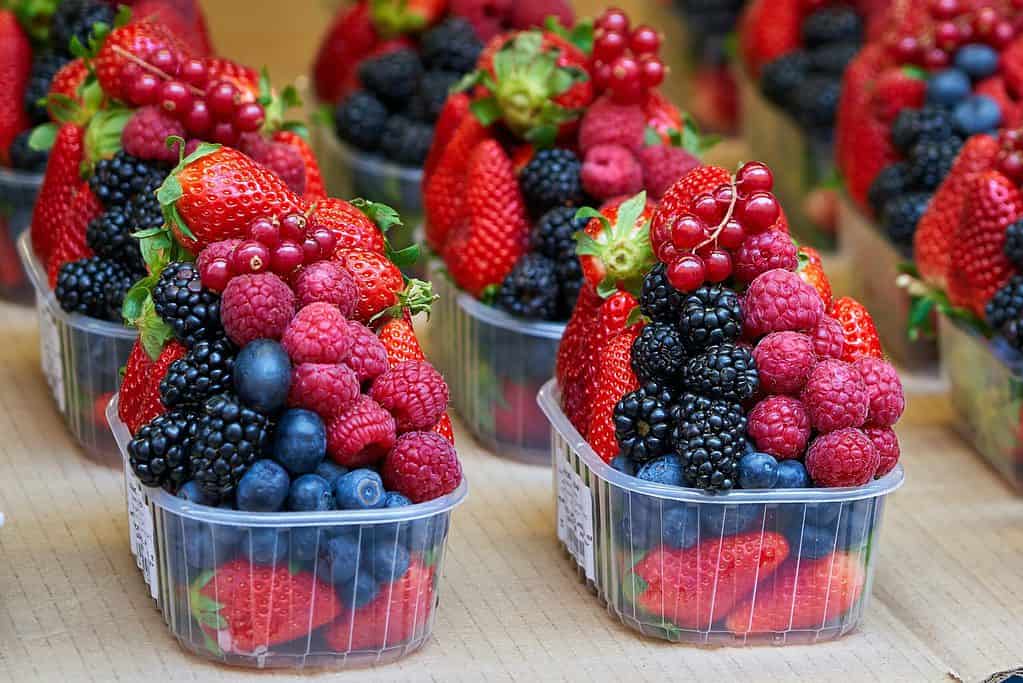Strawberries are not technically berries according to the scientific definition. In fact, they’re not even a fruit. According to biologists, the strawberry a “false fruit,” a so-called pseudocarp. A strawberry is actually multiple fruits that consist of many tiny individual fruits embedded in a fleshy receptacle.
If you think that’s weird, we’re just getting started. That thing we normally call “seeds” in a strawberry — that’s actually the fruit, and it’s embedded in the fleshy false fruit. The actual seeds are inside what we think are the seeds.
Strawberries aren’t the only “fake berries” that have deceived you. Raspberries and blackberries are also technically not berries; but cucumbers, bananas, and even avocados are berries.
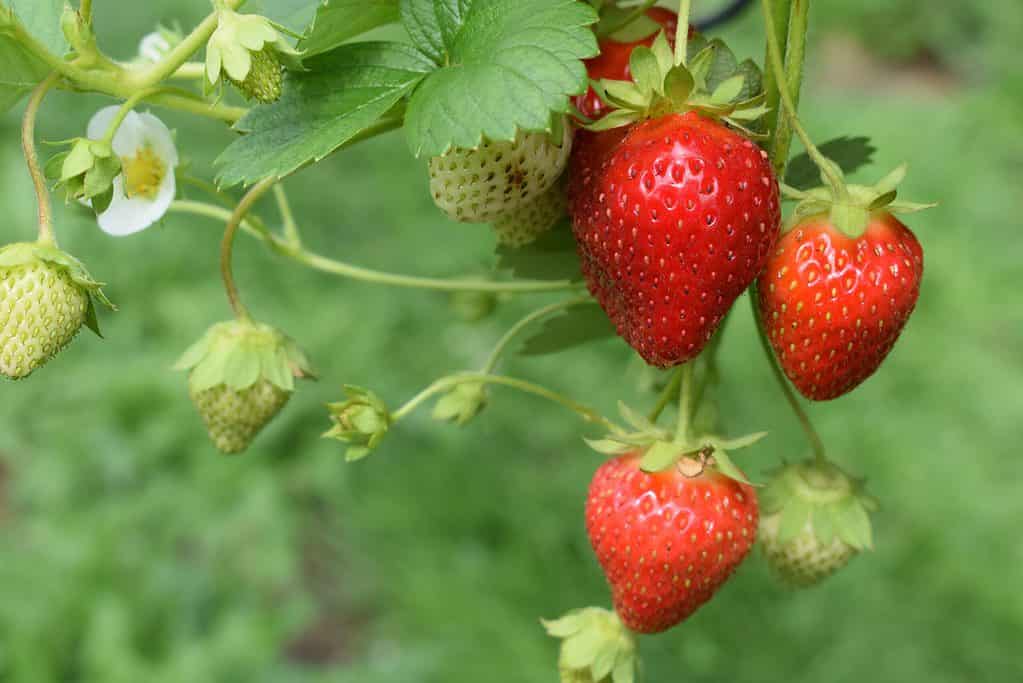
Regular berry, botanical berry
Humans love naming things so they know what to call them. Scientists in particular enjoy naming things, but they take a more systematic and descriptive approach. For instance, in regular language, a berry is a term that applies to any small fleshy fruit that’s edible. Raspberries, blackberries, strawberries are all berries for most people.
But not to scientists.
For scientists, a berry is a fleshy fruit without a stone (pit) produced from a single flower containing one ovary. A berry has seeds and pulp that develop from the ovary (yes, plants have ovaries too).
So then if berries means such a specific thing in botany, why are we using it in a different way? Well, the discrepancy probably stems from how language evolved: basically, we’ve been calling things “berries” for a long time, way before scientists fully defined what a berry is. The term entered the collective vocabulary and wasn’t truly changed when a more specific definition was introduced. Basically, people have been thinking of berries as small, squishy fruits that grow on plants — and a technical definition won’t change that.
But wait, even fruits can get weird.

What even is a fruit
You may have heard that a tomato is (technically) a fruit, although we consider it a vegetable. As with berries, people have been using terms like “fruit” way before we had a technical definition for it, and the common definition comes from how we use things, not from what things are.
Fruits are technically the mature and ripened ovaries of flowers. Yes, we eat plant ovaries, and they’re delicious. Anyway, we tend to think of a fruit tas something that’s sweet and a vegetable as something that’s not sweet, but that’s got nothing to do it. Fruits contain seeds, while vegetables can consist of roots, stems, and leaves.
In fact, it’s not just tomatoes that we wrongly classify as vegetables — a pepper is also a fruit, as are squashes and cucumbers.
But if we truly want to be precise, we should say that while most fruits develop from ovaries; some develop from non-reproductive structures that are near the ovaries, and they don’t contain seeds. In general, these are called accessory fruits or false fruits. Apples and pears are also false fruits, as are pineapples and figs. Fruits that don’t develop from the reproductive ovary typically develop from other non-reproductive structures that are near the ovary. Apples and pears, for instance, form from the hypanthium, the part of the flower that surrounds the ovaries and bears the stamens, petals, and sepals; others, like the pineapple, fig, mulberry, or strawberry are formed from the receptacle, the part of a flower stalk where the parts of the flower are attached.
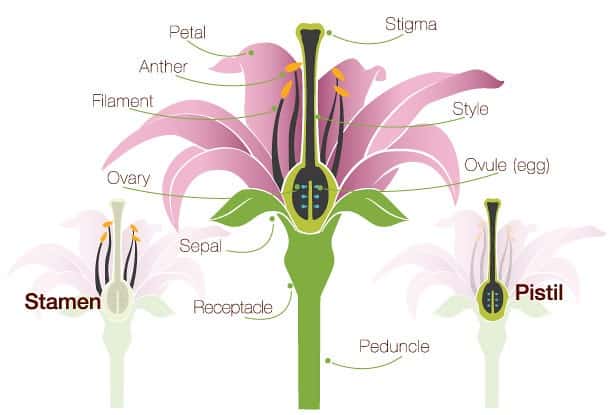
We’re getting closer to the berries. Berries are fruits, so by definition, they are formed from the ovary — they’re not accessory fruits. Strawberries are formed from the receptacle, not the ovary, hence they’re not berries and not even fruits. All that fleshy, sweet, delicious strawberry that we eat is basically accessory tissue.
By now, we also owe you an explanation about the “seeds” of a strawberry, or rather, what we normally call seeds and what is actually called an achene. Achenes (zoomed-in picture below) are a one-seeded, dry, indehiscent fruit — if you’re wondering, they’re not berries either, because they’re not fleshy. Strawberries aren’t the only ones who trick us like this: what we call sunflower seeds are also technically just the fruits of the sunflower plant, not the seeds.
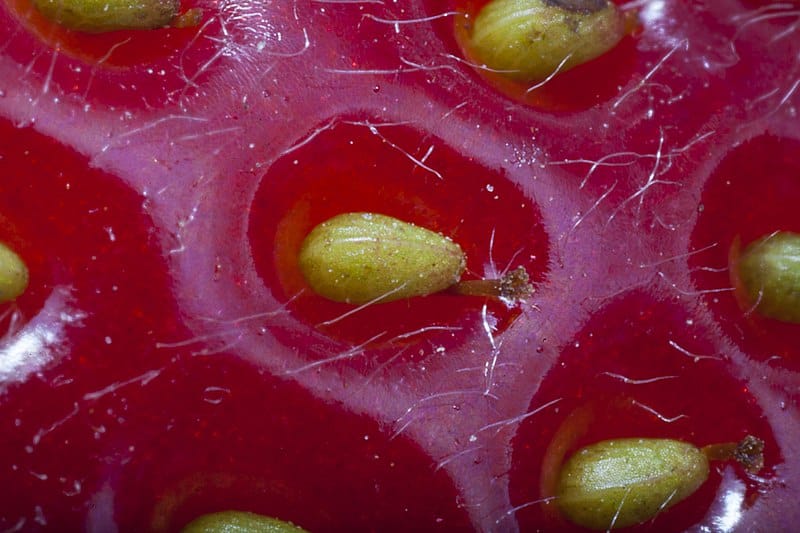
Some other things that are berries — and some that are not
Now that we’ve sorted our vegetables from fruits and berries from non-berries, let’s look at other things that, you know, are berries.
Coffee berries, goji berries, and honeyberries (more commonly called honeysuckle) are actually botanical berries. Gooseberry and currant are also berries. Cranberries, blueberries, bilberries, and crowberries are also berries. Phew. But then, the other ‘berries’ are not actually berries.
Blackberries and raspberries are both considered aggregate fruits, with each drupelet containing a fruit. We’ve already mentioned strawberries, pears, and apples as non-berries already.
Some familiar faces, like grapes, are also berries. But then, some unexpected berries also show up. Did you know that bananas are also berries? The bananas we eat are modified to have no seeds (or as unobtrusive seeds as possible), but they satisfy all the criteria of a botanical berry, so they’re berries. Citrus fruits like oranges and lemons are also berries. Cucumbers, squashes, melons and watermelons are also berries. Crazy, right?
Still, to be precise, cucumbers, avocadoes and citrus fruits are modified berries.
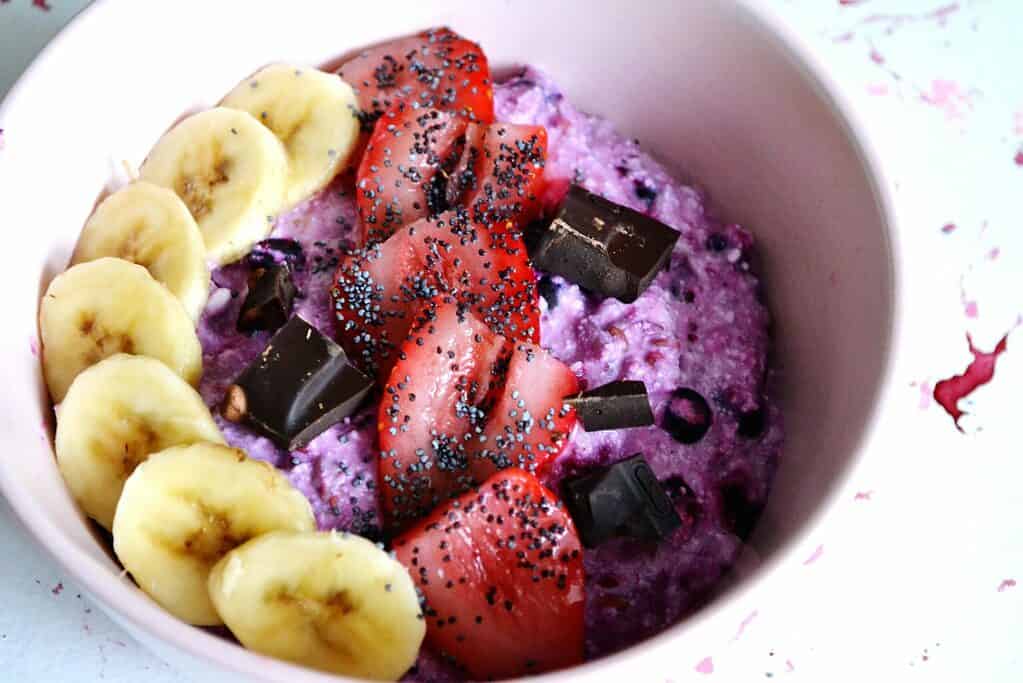
True berries are called baccae, and they have a thin outer skin that is not self-supporting when removed from the berries. However, some modified berries have more rigid and self-supporting skin. Citrus fruits, for instance, have the interior divided into segments, that is also a modification from what we consider to be a true berry (but it’s still not enough of a modification for them to be considered aggregate fruits). Cucumbers also have a rigid outer skin, as does papaya and passion fruit — so do bananas and pumpkin.
Berries that develop from an inferior ovary are also sometimes called ‘false berries’, whereas ‘true’ berries are formed from superior ovaries (an ovary attached above other floral parts is called superior, and one that lies below the floral parts is called inferior). However, botanists are generally less stringent about making this distinction.
Ultimately, though, does it really matter if strawberries are berries? Or if bananas are berries or false berries? Well, if you’re a botanist (or an aspiring botanist), it does — but otherwise, not really. In the grand scheme of things, people will continue to call strawberries a fruit and a berry, even though it is neither.
What matters more is that strawberries are a nutritious and delicious part of our diet. They have a lot of vitamins and fiber and antioxidants and don’t have any sodium, fat, or cholesterol. While they do have some sugar, they’re actually not as sweet as they seem: in fact, strawberries use their smell to trick you into thinking they’re sweeter than they actually are.
They may not be berries, but at the end of the day, strawberries are pretty cool.
